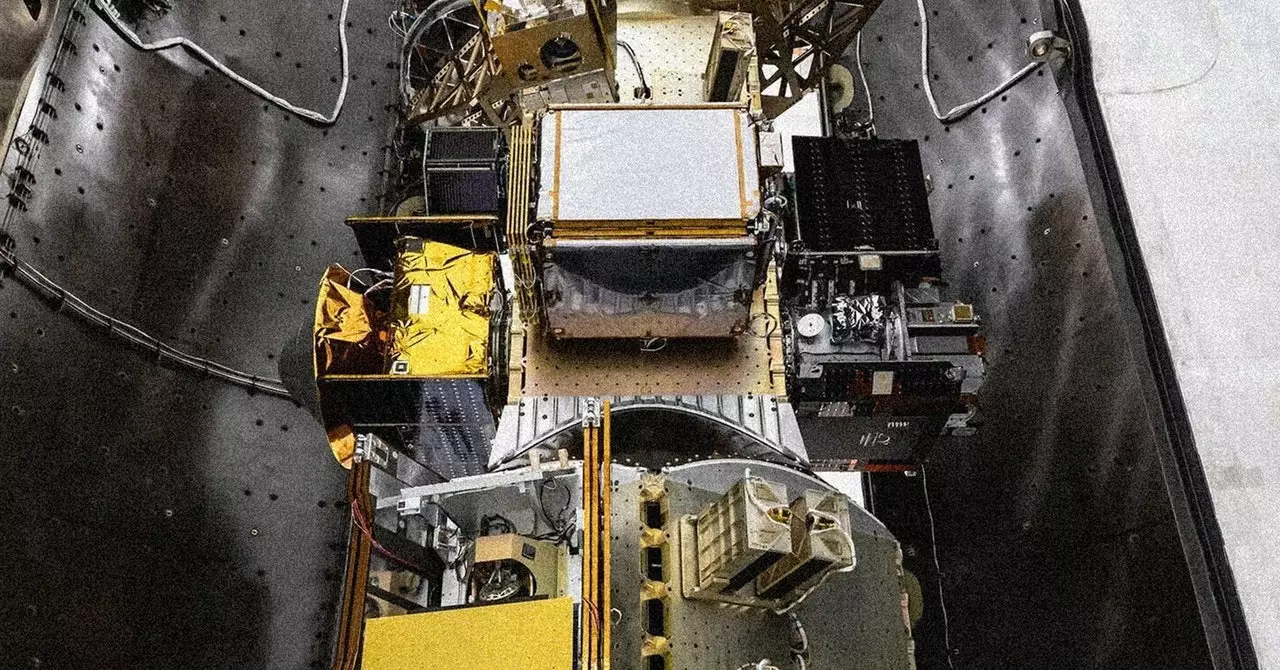In our rapidly changing world, timely decisions can mean the difference between devastation and salvation, particularly in the context of wildfires. As emphasized by experts like Krystal Azelton from the Secure World Foundation, the integration of satellite technology and artificial intelligence (AI) seems promising for enhancing disaster response systems. However, the real challenge lies not just in the momentous advancements of these technologies but in the effective dissemination of data to those who need it the most.
The urgency of acting swiftly during a wildfire crisis cannot be overstated. With the reality of climate change, fire seasons are becoming longer and more volatile. It is paramount for firefighting agencies to access real-time information that can pinpoint the emergence and trajectory of fires. The sentiment echoed by leaders in the field underscores a pressing need for innovation: we possess a wealth of technological capabilities, but the gap between data generation and user accessibility remains a daunting hurdle.
Understanding the ‘Fog of War’
A term frequently used in military contexts, the “fog of war” aptly describes the uncertainties firefighters face when battling wildfires. As described by experts like Van Arsdale, this challenge lies in the inability to ascertain the full scope of a wildfire’s impact upon its emergence. Tools like the Fire Sat initiative aim to cut through this fog by providing comprehensive data visualization to firefighting agencies. The goal here is not only to generate a plethora of information but to deliver actionable insights that first responders can utilize promptly.
However, it is essential to approach this potentially overwhelming influx of data with caution. While the availability of satellite imagery and AI analytics could indeed enhance situational awareness, there is an inherent risk of data saturation. As Daniel Swain, a climate scientist, points out, knowing precisely where a fire starts is a boon, but it doesn’t inherently translate to a quicker response. Firefighters must still navigate logistical obstacles that can delay their actions. The questions that arise then are: How do we prioritize this data? How do we ensure that the right teams receive the information they need when they need it?
The Promise and Pitfalls of AI in Fire Management
The promise of AI in fire management is undoubtedly significant. Advanced algorithms have the potential to analyze vast amounts of environmental data, predicting fire behavior based on previous trends and real-time observations. Yet, Azelton sheds light on a critical aspect: the consistency of these technologies remains uncertain. As we rely on AI to aid in decision-making, we must remain vigilant about the variations in its proficiency. Innovation should not be the singular focus; operational reliability and user experience must be prioritized.
The record suggests that while saving lives and property is the primary aim, the motivation for integrating AI solutions into firefighting also comes with financial implications. The surge of private companies eager to monetize advancements in firefighting technology draws attention to a complex economic dynamic. Are we looking to genuinely enhance the effectiveness of firefighting capabilities, or is there a hidden agenda of profit at play?
Bridging Gaps Between Data and Action
In the quest for more efficient wildfire management, a significant focus must be placed on creating a robust framework for partnerships between technology developers and firefighters. Solutions must be tailored to the operational realities of firefighting teams, ensuring that they can leverage new advancements without being overwhelmed. This calls for ongoing dialogue between technologists and first responders, fostering an environment of collaboration that can lead to pragmatic applications of leading-edge tools.
Furthermore, community education should play a vital role in this ecosystem. As we harness technology to enhance wildfire monitoring and response, it is crucial to integrate public awareness initiatives. Communities that understand how to respond to alerts and where to find resources during a crisis are better equipped to navigate disasters. After all, the highest technology-driven solutions are futile if the end-users—both in the firefighting community and the public—are not prepared to act effectively upon the provided data.
The intersection of satellite technology, AI, and firefighting remains a fertile ground for innovation, but we must proceed thoughtfully. The development of these tools must prioritize accessibility, reliability, and genuine partnership, ensuring that every advancement ultimately leads to safer communities and more effective wildfire response strategies.

